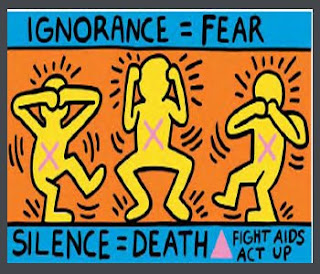On Thursday last week, one of my classmates asked me if I liked
chivas. I didn’t know what that was so he explained that
chivas are the brightly decorated open "party" buses that I’ve been seeing all around town lately. These buses run along the city streets with live bands playing and people riding around on them in a festive mood; dancing, singing and shouting "Viva Quito"!
In December, Quito, the capital of Ecuador, celebrates its "Spanish Foundation" by the Conquistador Sebastian de Benalcazar on December 6, 1534. The partying starts one week before and everyone I meet wants to know if I’m taking part in any Fiesta de Quito.
A central event during this celebration is the bullfights, which boast participation of both local and international
matadors. Bullfights for this year are already on at the Plaza de Toros de Quito, and I’ve been advised to avoid that part of town owing to huge crowds. There are also flamenco dances, [I’m supposed to attend one] and people all around seem to be enjoying long lunches, dinners and city walks.
 |
Top: Picadores observe the proceedings, while below, matador and bull fight it out at the Plaza de Toros de Quito.
Photos by Mirek Futkowski |
The different
barrios or neighbourhoods organize dancing in the streets, mostly featuring live orchestras. People come in groups of friends or family, to socialize, listen to the music, dance and drink the famous
canelazo, a hot drink made with water, cinnamon, sugar and firewater. I’m told that the night of December 5th is an all-night event.
There are also parades that traditionally take place in different areas of the city, with the participation of music bands and dancing groups from different schools in Quito. Many cultural events tailored to keep the traditions of Quito alive also take place during the week. These include folk dancing, recreation of legends and traditions, art exhibitions, food festivals, and fireworks.
During this time people of all ages get together in homes and public places [I see them at street corners] to play an Ecuadorian card game called
"cuarenta" or “40”, since it is played with 40 cards. The World Championship of
Cuarenta takes place as one of the highlights of the festivity.
What an exciting time to be in Quito!
Note: A picador is a horseman who pricks the bull with a lance in the early stages of a fight to goad and weaken it
